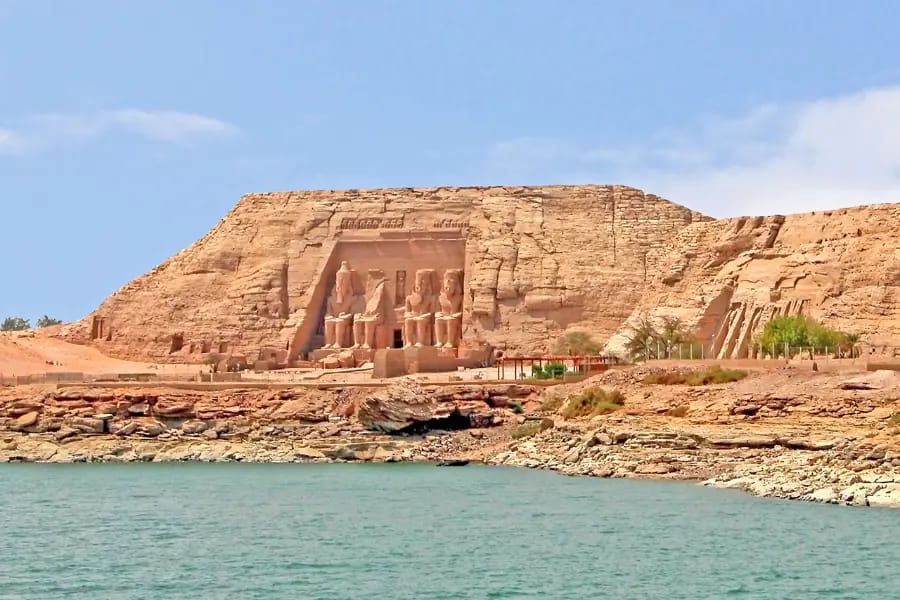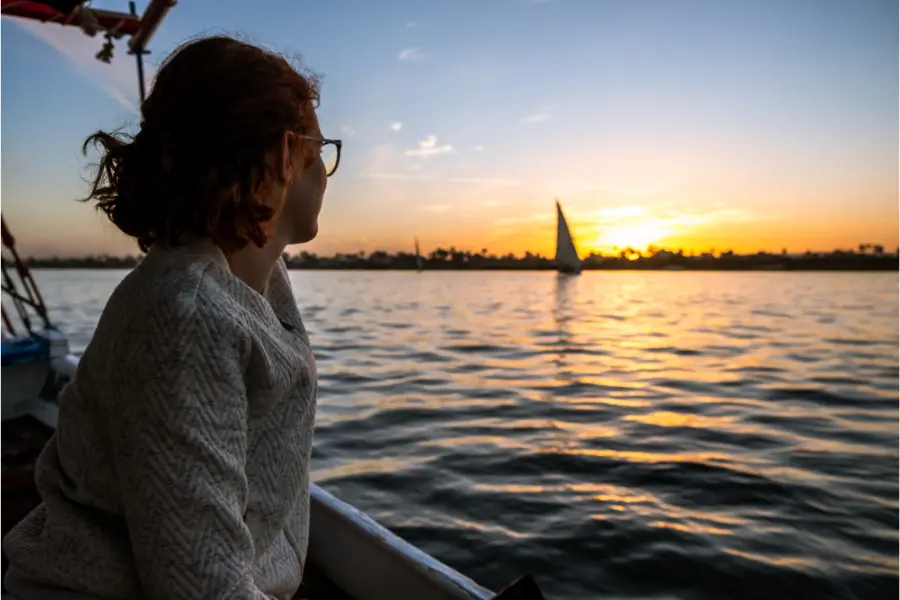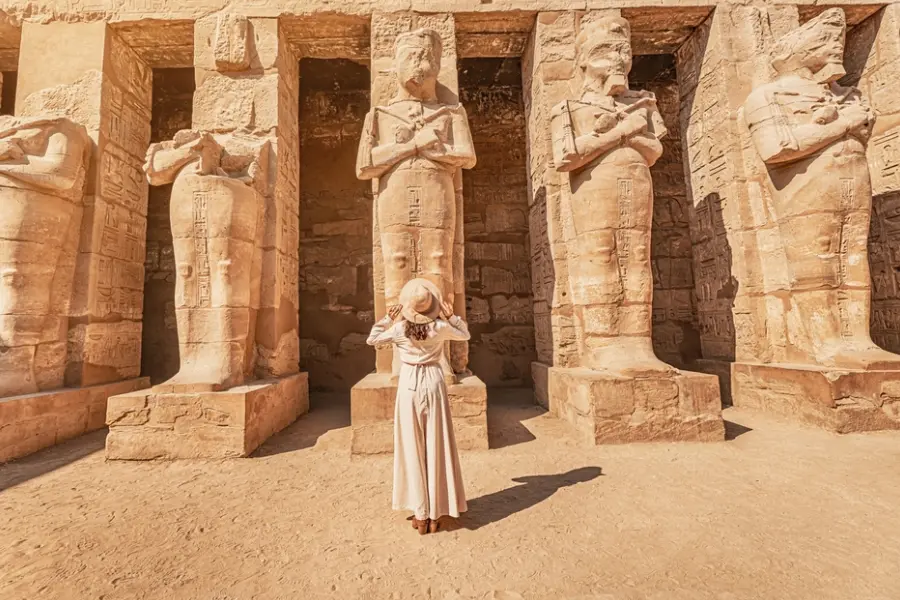Cairo Citadel (Salah El Din Citadel) – History & Visitor Guide
The Cairo Citadel, also called the Salah El Din Citadel or Saladin Citadel Cairo, is one of the most iconic landmarks in Egypt. Built in the 12th century by Saladin, this mighty fortress rises above the city of Cairo on the Mokattam Hills, offering sweeping views and a glimpse into Egypt’s medieval power.
For centuries, the Citadel of Cairo served as the seat of government, a royal residence, and a defensive stronghold. Today, it is a UNESCO World Heritage Site that attracts travelers eager to explore its mosques, palaces, museums, and panoramic terraces overlooking the capital.
Key Takeaways
- The Cairo Citadel, founded by Saladin in 1176 CE, is a UNESCO World Heritage Site.
- Known as both Salah El Din Citadel and Saladin Citadel Cairo.
- Houses major landmarks like the Mosque of Muhammad Ali and Sultan Al-Nasir Mosque.
- Located on the Mokattam Hills with panoramic views of Cairo.
- One of Egypt’s top attractions, blending military history, Islamic architecture, and cultural heritage.
What is the Cairo Citadel?
The Cairo Citadel, also known as the Salah El Din Citadel, is a vast medieval fortress overlooking Egypt’s capital. Built in 1176 CE by Saladin, it was designed as both a defensive stronghold and the seat of power. Today, it remains one of Cairo’s most important historical and cultural landmarks.
Strategically positioned on the Mokattam Hills, the Citadel dominates the skyline and protected Cairo for centuries against invasions. Inside its walls, rulers constructed mosques, palaces, and military buildings that reflect a mix of Islamic, Ottoman, and Mamluk architecture. Visitors now explore these treasures as part of Cairo’s UNESCO World Heritage designation.
Where is Salah El Din Citadel located?
The Cairo Citadel sits on the Mokattam Hills in the heart of Cairo, Egypt. Its elevated position provided strategic military advantages, offering panoramic views over the city and serving as a natural defense point. Today, visitors can enjoy breathtaking vistas of Cairo from its walls.
When was the Cairo Citadel built?
Salah El Din Citadel was constructed in 1176 CE under the orders of Saladin. Its building continued for several years, with later rulers adding mosques, palaces, and fortifications. By the 19th century, Muhammad Ali’s contributions, including the Alabaster Mosque, transformed it into the iconic fortress we see today.
History of the Cairo Citadel
The Cairo Citadel was founded in 1176 CE by Saladin to defend Egypt from Crusader attacks and serve as his seat of power. Expanded by later rulers, especially during the Ottoman era and under Muhammad Ali in the 19th century, the fortress became both a political hub and a symbol of Egyptian authority.
Construction began under Saladin’s rule with massive limestone walls and watchtowers to secure Cairo. Successive dynasties added mosques, palaces, and barracks, transforming the citadel into a royal residence and administrative center. By the 19th century, Muhammad Ali modernized it further, adding the iconic Mosque of Muhammad Ali, now the most recognizable monument within the complex.
Over time, the citadel witnessed battles, political shifts, and cultural growth, making it not only a military stronghold but also a living chronicle of Cairo’s history for more than 800 years.
Who was Salah El Din (Saladin)?
Salah El Din, known in the West as Saladin, was a legendary Muslim leader born in Tikrit, Iraq, in 1137 CE. He rose to power as Sultan of Egypt and Syria and is remembered for uniting the Muslim world and reclaiming Jerusalem from the Crusaders in 1187.
Famous for both his military genius and sense of justice, Salah El Din became a symbol of resistance against foreign invasion. His legacy extended beyond battlefields, as he strengthened Cairo’s defenses by founding the Cairo Citadel, a fortress that remains one of Egypt’s most enduring monuments.
Architecture of the Salah El Din Citadel
The architecture of the Salah El Din Citadel reflects a blend of Islamic, Ottoman, and Mamluk influences. Massive stone walls, fortified gates, elegant mosques, and royal palaces showcase both defensive strength and artistic beauty, making the fortress one of the most iconic monuments in Egypt’s architectural history.
Built primarily from limestone and sandstone, the citadel’s design emphasized both protection and prestige. Towering walls and watchtowers encircled the complex, while ornate mosques like the Mosque of Muhammad Ali introduced Ottoman domes and minarets. Inside, palaces such as the Gawhara Palace highlight refined interiors and decorative Islamic art.
Over the centuries, each ruling dynasty left its mark: from Ayyubid military structures to Mamluk mosques and Ottoman residences. Together, these layers of design turn the citadel into a living museum of Cairo’s evolving architectural heritage.
Main Attractions inside the Cairo Citadel
The Cairo Citadel is home to some of Egypt’s most remarkable monuments. From grand mosques to royal palaces and museums, each site inside the fortress tells a different chapter of Cairo’s history and offers visitors a unique experience worth exploring.
Highlights include:
- Mosque of Muhammad Ali: Known as the Alabaster Mosque, this Ottoman masterpiece dominates the skyline with its striking domes and minarets.
- Mosque of Sultan Al-Nasir Muhammad: A fine example of Mamluk architecture with elegant courtyards and traditional design.
- Gawhara Palace: Once the residence of Muhammad Ali, featuring richly decorated halls and precious artifacts.
- National Military Museum: Showcasing Egypt’s military history with weapons, uniforms, and battle displays.
- Police Museum: Exhibiting rare documents, photographs, and collections related to law enforcement in Egypt.
Cultural & Historical Significance of the Cairo Citadel
The Cairo Citadel is more than a fortress; it is a symbol of Egyptian resilience and authority. For centuries, it functioned as the center of government, military defense, and religious life, shaping Cairo’s identity and leaving a lasting mark on the Islamic world.
Throughout history, the citadel served as the seat of power for Egypt’s rulers—from Saladin’s Ayyubid dynasty to the Mamluks and Ottomans. Its commanding presence on Mokattam Hills reinforced Cairo’s defense while also projecting political prestige and architectural grandeur.
Beyond its strategic role, the citadel became a cultural landmark, housing majestic mosques and treasured palaces. Today, it represents Egypt’s enduring heritage, drawing millions of visitors who come to explore its layered history and admire its architectural masterpieces.
Visitor Tips & Tickets for the Cairo Citadel
To enjoy your visit to the Cairo Citadel to the fullest, keep these practical tips in mind. They cover entry fees, opening hours, and essential advice for a smooth and memorable experience.
- Tickets: Admission is 18 USD for adults and 9 USD for students. Children under 6 years enter free of charge.
- Opening Hours:
- Summer: 09:00 am – Last Entry 04:00 pm
- Winter: 08:00 am – Last Entry 04:00 pm
- Ramadan: 08:00 am – Last Entry 03:30 pm
- Photography: Taking photos with a mobile phone is free of charge. Professional cameras may require special permission.
- Arrival Tip: Arrive at least one hour before closing time to explore without rushing.
- Best Time to Visit: Early mornings or late afternoons offer cooler weather and better lighting for photos.
- Dress Code: Wear modest, comfortable clothing suitable for visiting mosques and walking long distances.
- Guided Tours: Hiring a local guide enriches the visit with detailed history and stories about the citadel and its landmarks.
Want to plan your trip better? Discover the best time to visit Egypt and read our guide on what to wear in Egypt for a smooth and comfortable experience.
Conclusion: Why You Should Visit the Cairo Citadel
Visiting the Cairo Citadel is like stepping back into the golden age of Islamic Cairo. With its commanding location, magnificent mosques, and centuries of history, the fortress remains one of Egypt’s most iconic landmarks. Every corner reflects the vision of Saladin and the legacy of Egypt’s rulers.
Whether you are a history enthusiast, architecture admirer, or simply curious traveler, the citadel offers an unforgettable journey through Egypt’s heritage. From panoramic views of Cairo to the intricate interiors of the Alabaster Mosque, it is a highlight you should not miss.
Ready to experience it for yourself? Discover our Cairo Day Tours, Vacation packages, or you can simply join our Islamic Cairo Tour for an authentic journey into Egypt’s living history.
FAQs about the Cairo Citadel (Salah El Din Citadel)
What is the Cairo Citadel?
The Cairo Citadel, also known as the Salah El Din Citadel, is a medieval fortress built in 1176 CE by Saladin. Located on Mokattam Hills, it served as Egypt’s political and military center for centuries and today stands as a UNESCO-listed heritage site.
Who built the Salah El Din Citadel?
The Salah El Din Citadel was built by Sultan Saladin in 1176 CE to defend Cairo from Crusader attacks. Later rulers, including Muhammad Ali, expanded the site and added landmarks such as the Alabaster Mosque.
When was the Cairo Citadel constructed?
Construction began in 1176 CE under Saladin and continued for centuries, with additions during the Mamluk and Ottoman eras. Muhammad Ali’s 19th-century mosque is among its most famous features.
Where is the Cairo Citadel located?
The citadel is located on the Mokattam Hills in Cairo, Egypt. Its elevated position provided defensive strength and offers panoramic views of the city.
What are the main attractions inside the Cairo Citadel?
Main attractions include the Mosque of Muhammad Ali, the Mosque of Sultan Al-Nasir Muhammad, the Gawhara Palace, the National Military Museum, and the Police Museum.
How much is the entrance ticket to the Salah El Din Citadel?
Tickets cost 18 USD for adults and 9 USD for students. Admission includes entry to the mosques, palaces, and museums inside the citadel.
How long does it take to visit the Cairo Citadel?
A visit usually takes 2–3 hours, allowing time to explore the mosques, museums, and enjoy views of Cairo. Guided tours may extend the experience with deeper insights.
Why is the Salah El Din Citadel important?
The citadel represents Egypt’s military strength, political authority, and cultural heritage. It served as the seat of government for centuries and today is one of Cairo’s most important historical landmarks.










